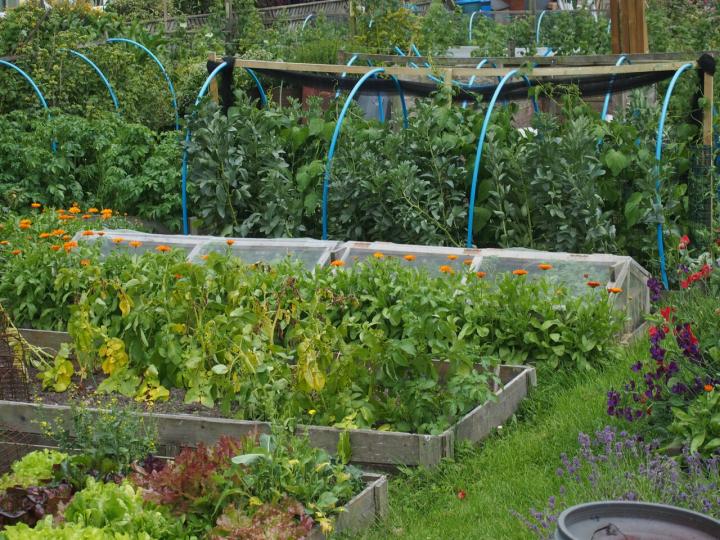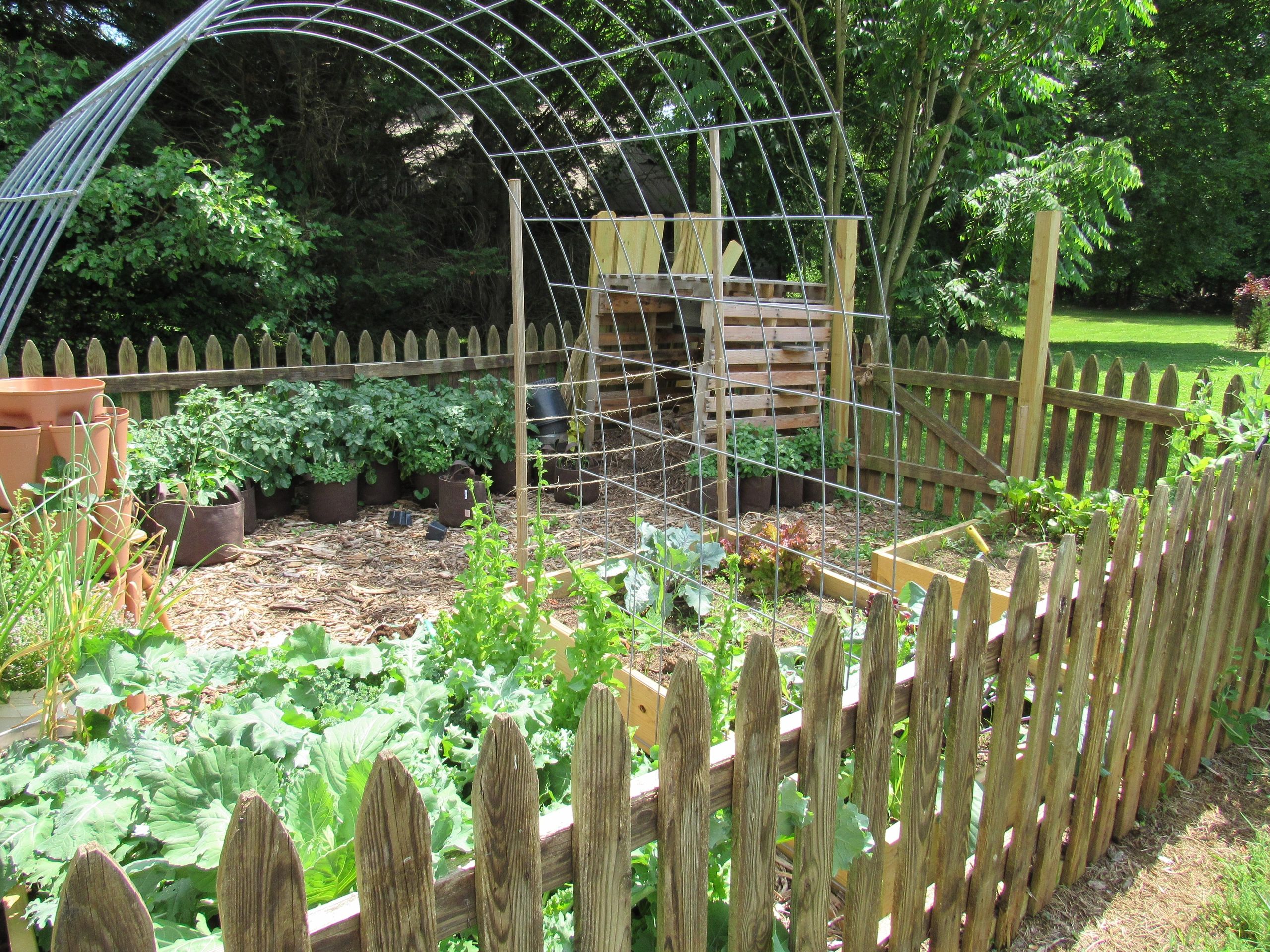Step-by-Step Guide to Homestead Gardening Effort
Step-by-Step Guide to Homestead Gardening Effort
Blog Article
Discover Important Tips for Effective Gardening Techniques and Practices
Gardening, typically seen as a straightforward pastime, encompasses an array of strategies and practices that can dramatically affect the result of your initiatives. By prioritizing crucial elements such as soil health and wellness, effective sprinkling approaches, and appropriate plant choice, garden enthusiasts can produce a growing environment that sustains vivid development. Comprehending the nuances of bug management and seasonal upkeep can even more improve performance. Yet, many enthusiasts neglect vital details that can make or break their horticulture success-- checking out these overlooked aspects might reveal the key to growing a prospering garden.
Understanding Dirt Health And Wellness
Soil health and wellness is an essential facet of successful gardening, as it directly influences plant development, nutrient schedule, and environment equilibrium. Healthy and balanced dirt is defined by a rich biodiversity of microorganisms, organic matter, and a balanced pH level, which together create an atmosphere conducive to plant growth.
To understand dirt health and wellness, one need to consider its physical, chemical, and biological residential properties. The appearance and framework of soil affect its capacity to maintain moisture and nutrients, while the chemical composition determines the availability of vital elements like nitrogen, phosphorus, and potassium. Routine dirt screening is crucial to analyze these factors, allowing garden enthusiasts to make educated decisions regarding plant foods and changes.
Furthermore, advertising organic activity within the dirt is vital for maintaining its health and wellness. Practices such as composting, crop rotation, and the use of cover plants can enhance microbial variety, boost nutrient biking, and lower soil erosion. By prioritizing dirt health, gardeners not just maximize plant growth yet additionally add to a sustainable ecosystem, guaranteeing that their horticulture practices are eco accountable and durable in time.
Effective Sprinkling Strategies
Making sure that plants receive the suitable quantity of water is crucial for their health and wellness and growth, especially when paired with a strong structure of dirt health (Homestead Gardening). Effective watering methods can substantially affect plant vigor, decreasing water wastefulness and advertising ideal growth
One essential method is deep watering, which urges origins to expand deeper into the soil, enhancing dry spell resistance. This strategy normally entails sprinkling less frequently but in larger amounts, enabling dampness to pass through the origin zone completely. Timing is additionally important; early morning is the excellent time to water, as it lessens evaporation and permits foliage to completely dry throughout the day, minimizing disease risks.
Additionally, utilizing mulch can aid maintain soil dampness and regulate temperature level, further helping reliable sprinkling techniques. Making use of a drip watering system can likewise supply targeted moisture directly to the origins, guaranteeing that water reaches where it's most required while conserving sources.
Monitoring rains and soil wetness levels can guide changes in your watering routine, making certain plants receive consistent hydration without over-saturation. By adopting these efficient watering strategies, garden enthusiasts can cultivate a successful setting for their plants to thrive.
Plant Selection and Placement
Exactly how can the best plant option and tactical positioning change a yard right into a flourishing ecosystem? The synergy between plant ranges and their placement is essential for creating a vibrant garden. When choosing plants, think about factors such as environment, dirt kind, and sunshine exposure. Native varieties are typically the very best choice as they are adjusted to local conditions and call for much less maintenance.
Strategic placement involves preparing plants according to their growth habits and demands. Taller plants need to be placed at the rear of borders to stop shading shorter plants. Additionally, organizing plants with comparable water and light needs can improve their development and lower competitors for sources.
Integrating a browse around these guys variety of plants not just includes visual appeal but additionally advertises biodiversity, attracting helpful pests and pollinators. Consider the seasonal changes in your garden; the original source pick a mix of evergreens, perennials, and annuals to make sure year-round passion.
Last but not least, keep in mind to analyze the mature size of plants prior to planting to prevent overcrowding and make certain sufficient air blood circulation. Thoughtful plant choice and calculated positioning create an unified environment, allowing your garden to prosper while minimizing challenges.
Bug and Disease Management
Effective bug and condition management is important for keeping a healthy garden ecological community - Homestead Gardening. A proactive method, incorporating cultural, organic, and chemical methods, can dramatically decrease the influence of parasites and illness on your plants

Biological controls, such as introducing advantageous pests like ladybugs or aggressive mites, can keep pest populations in check without harming the atmosphere. In addition, keeping plant wellness via correct watering, fertilizing, and pruning will certainly strengthen their strength versus conditions.
When intervention is necessary, go with targeted chemical treatments, ensuring to follow application standards to reduce harm to non-target organisms. Always focus on sustainable methods, as they promote long-term garden health and eco-friendly balance. By integrating these approaches, gardeners can successfully manage parasites and illness, ensuring flourishing plants and an efficient garden.

Seasonal Upkeep Practices
In springtime, focus on dirt preparation by screening pH levels and adding required changes. Frequently inspect arising plants for insects and illness.
As summer techniques, ensure sufficient irrigation while keeping track of for signs of stress and anxiety or illness. Trim back overgrown plants to urge air flow and minimize moisture around foliage. This practice not only improves plant health yet likewise advertises flowering and fruiting.
With the arrival of autumn, it's time to prepare for wintertime. Tidy up dropped leaves and debris to prevent bug invasions, and think about planting cover plants to improve dirt wellness. This period is likewise excellent for splitting perennials and growing spring-flowering bulbs.
Verdict
Effective gardening joints on the integration of sound techniques in soil wellness, watering, plant option, pest administration, and seasonal maintenance. By prioritizing soil testing and microbial diversity, utilizing effective sprinkling methods, and picking appropriate plants, gardeners can develop prospering communities.
By focusing on crucial aspects such as soil health and wellness, efficient watering approaches, and appropriate plant selection, garden enthusiasts can create a flourishing ecosystem that sustains vibrant development. By focusing on soil wellness, garden enthusiasts not only optimize plant development but also add to a lasting community, making sure that their gardening web techniques are durable and environmentally liable over time.
Taller plants need to be positioned at the back of boundaries to stop shading shorter plants. Clean up dropped leaves and particles to stop insect invasions, and think about planting cover crops to improve soil wellness.Effective gardening hinges on the integration of sound techniques in dirt health and wellness, watering, plant option, parasite administration, and seasonal maintenance.
Report this page